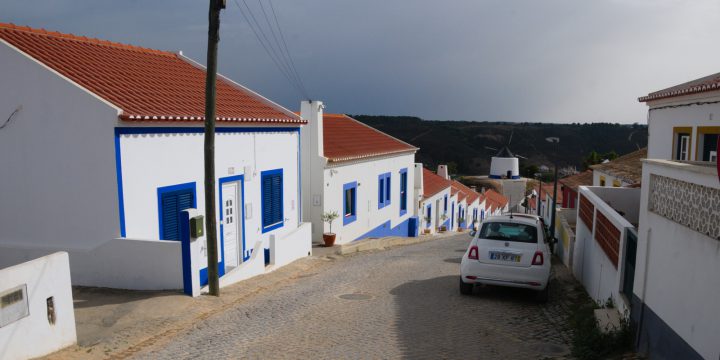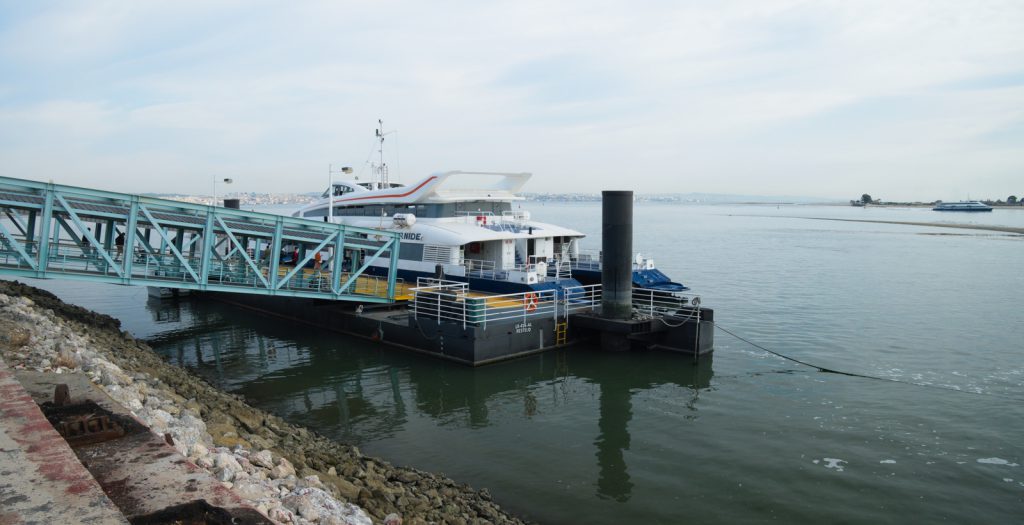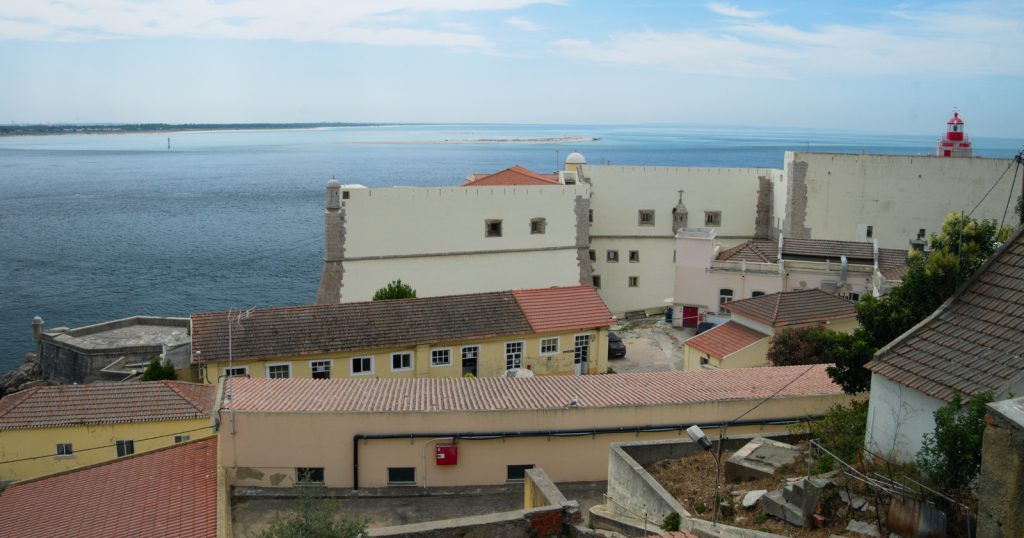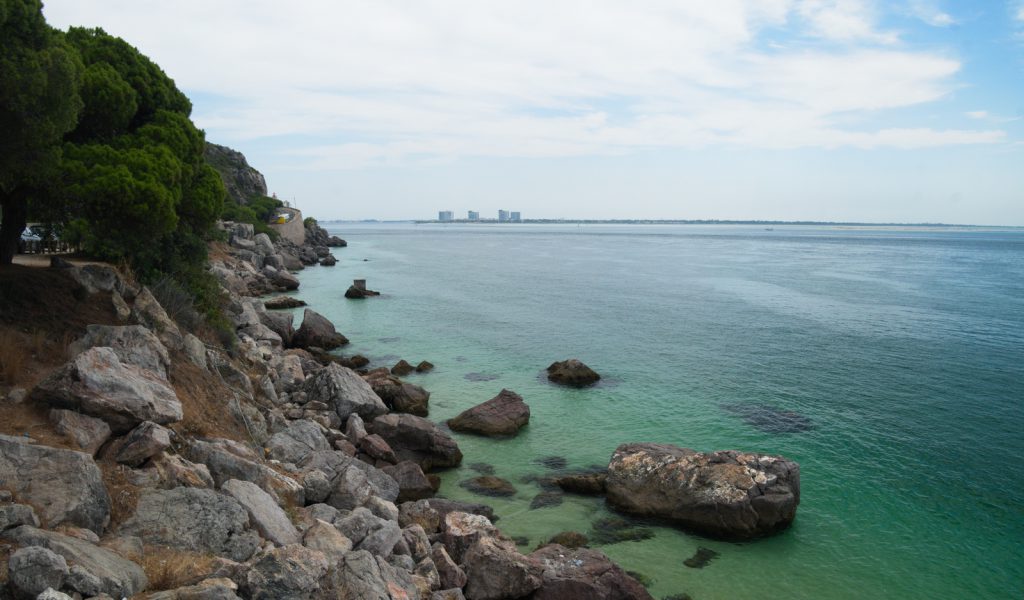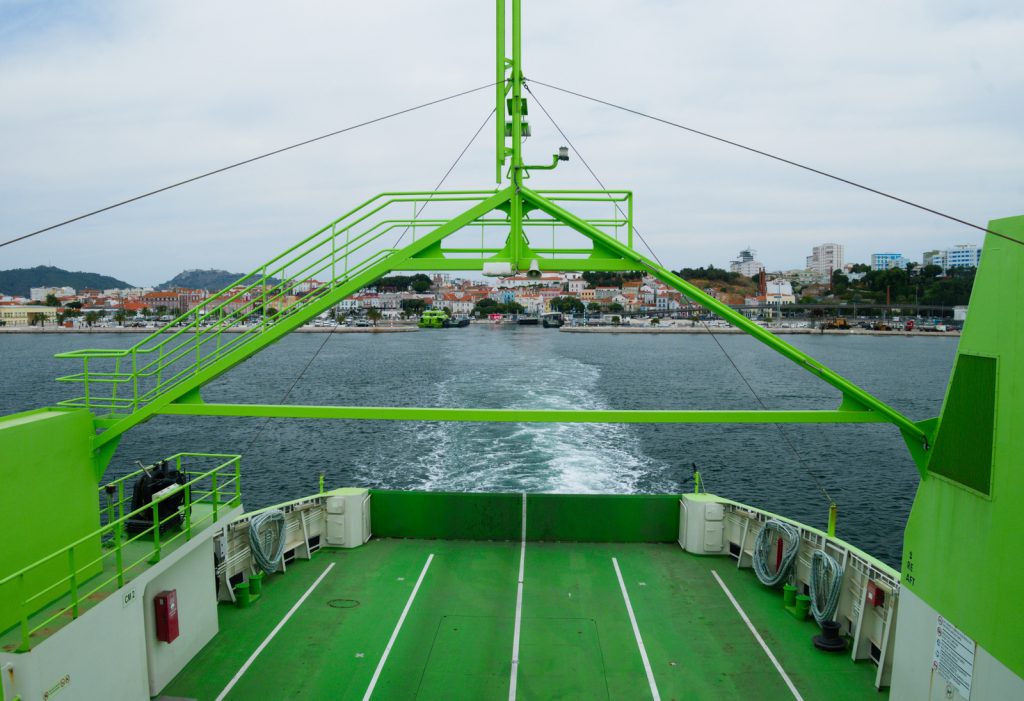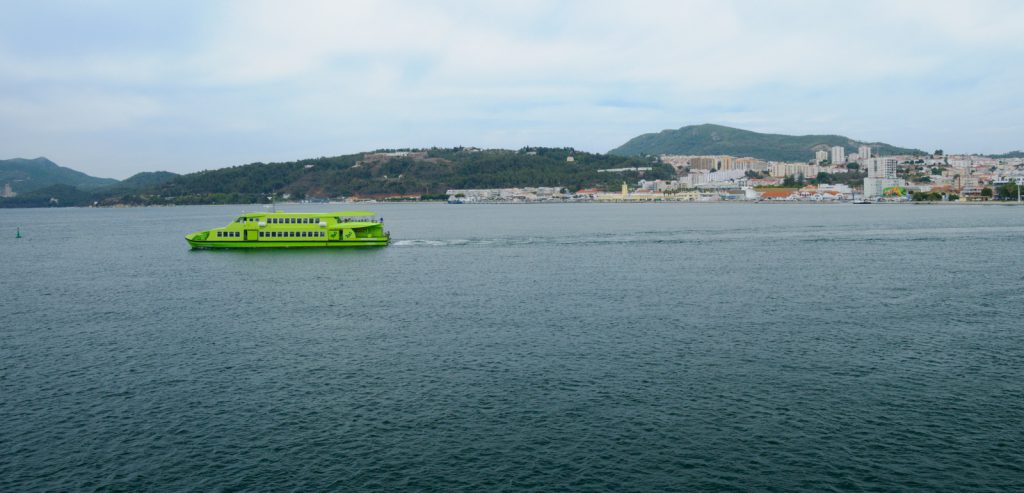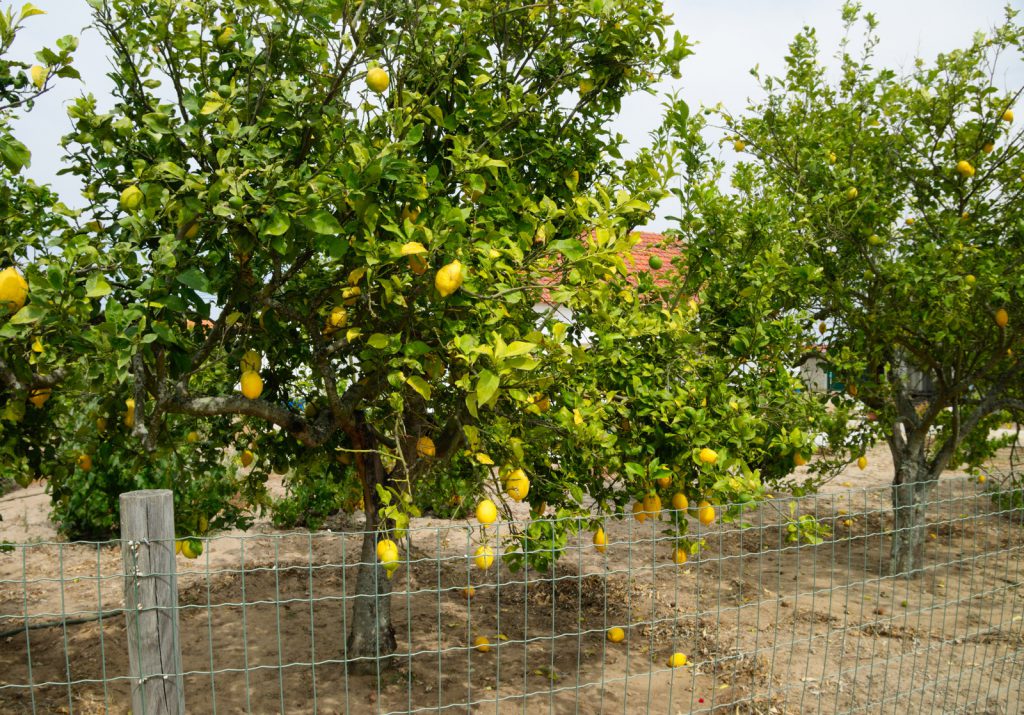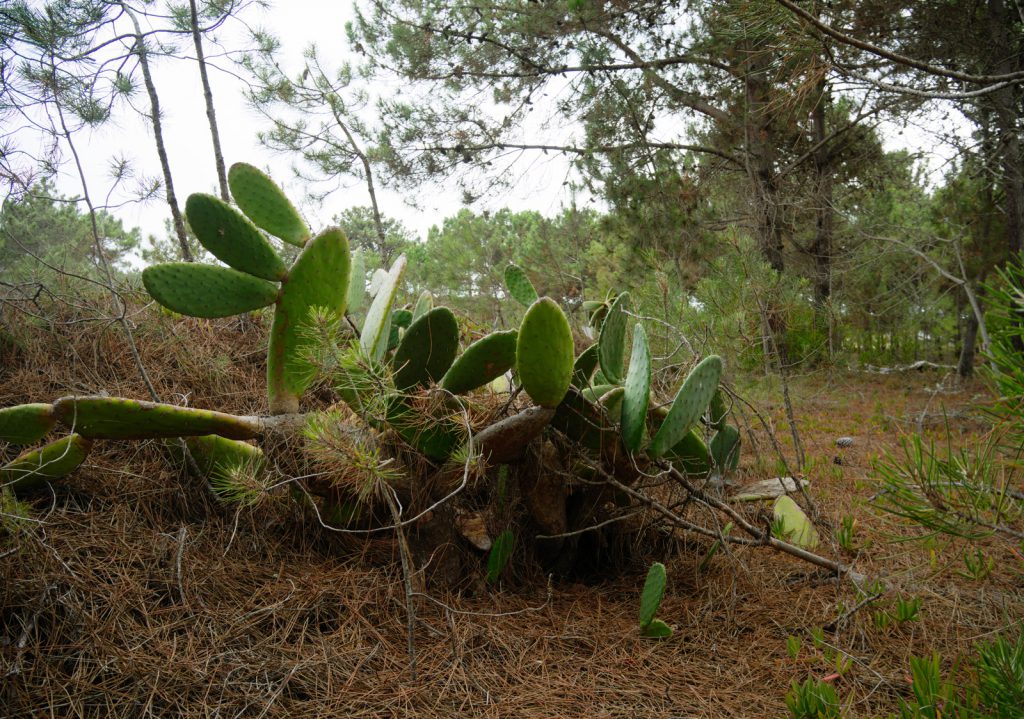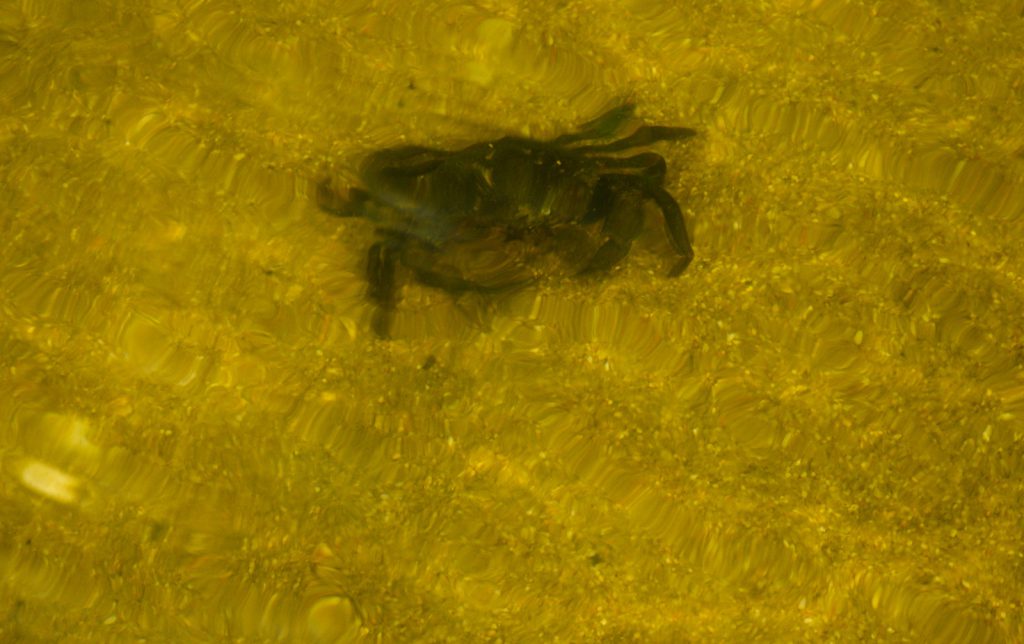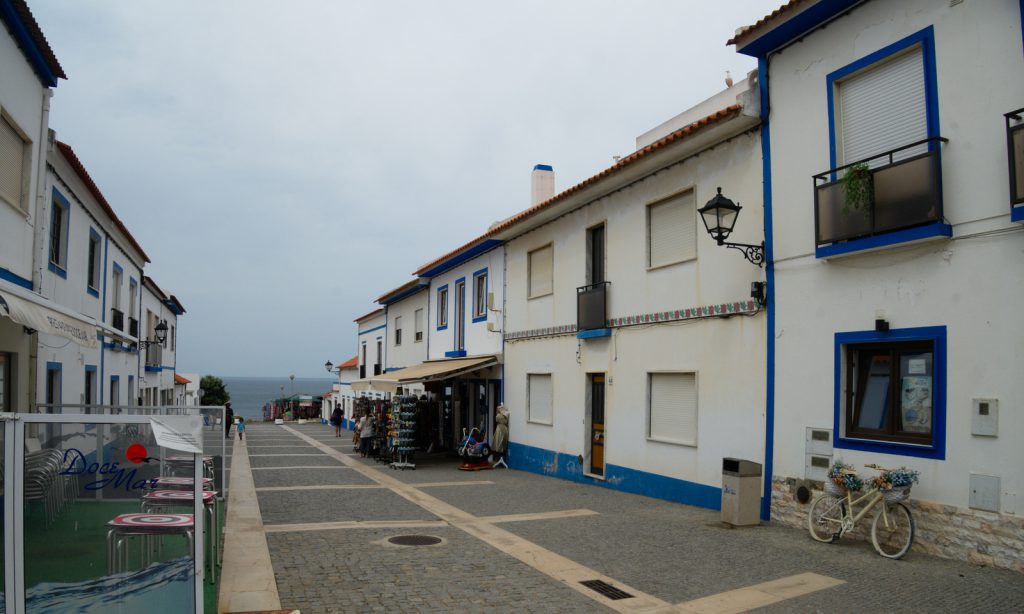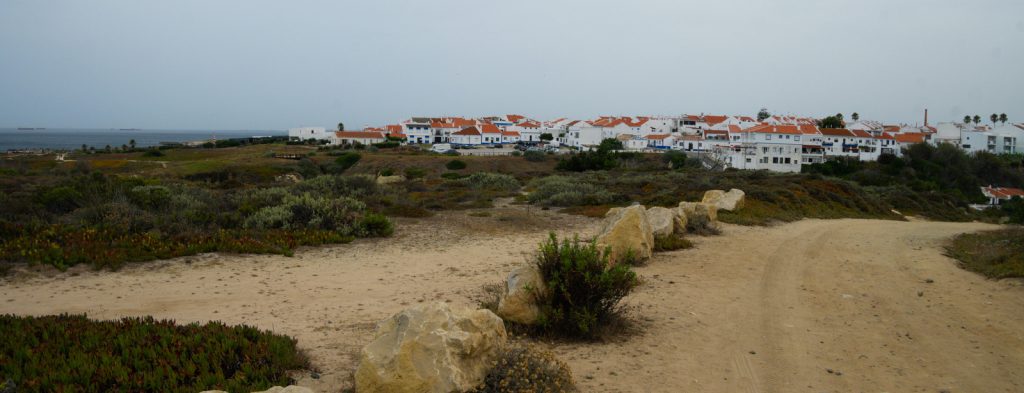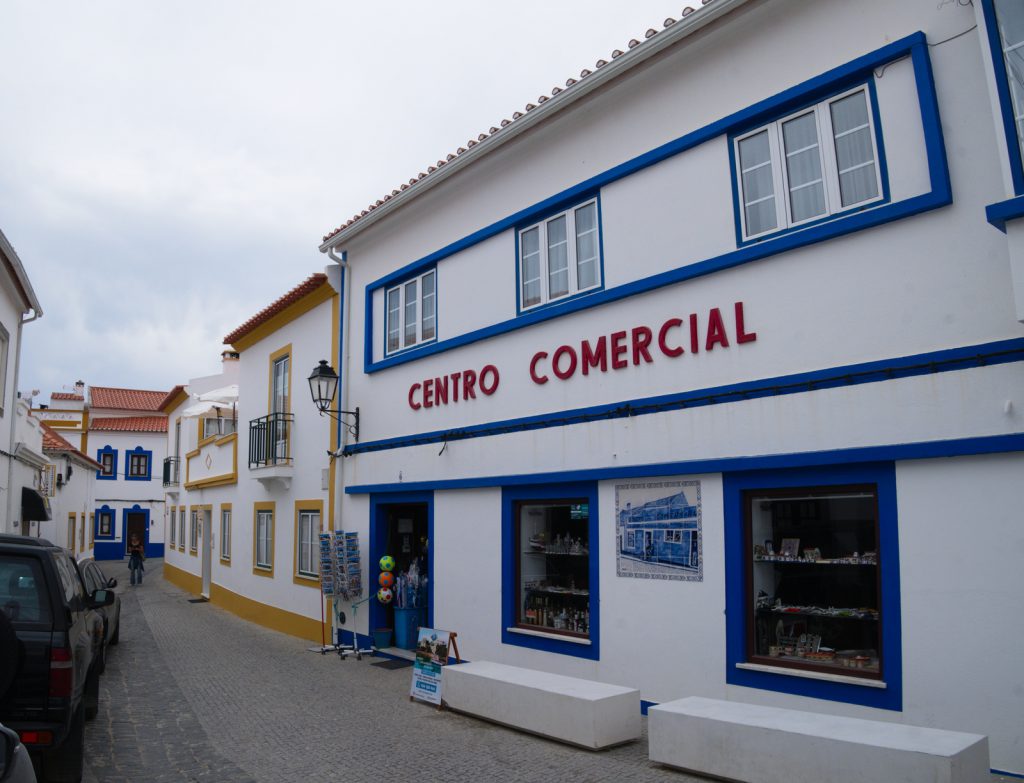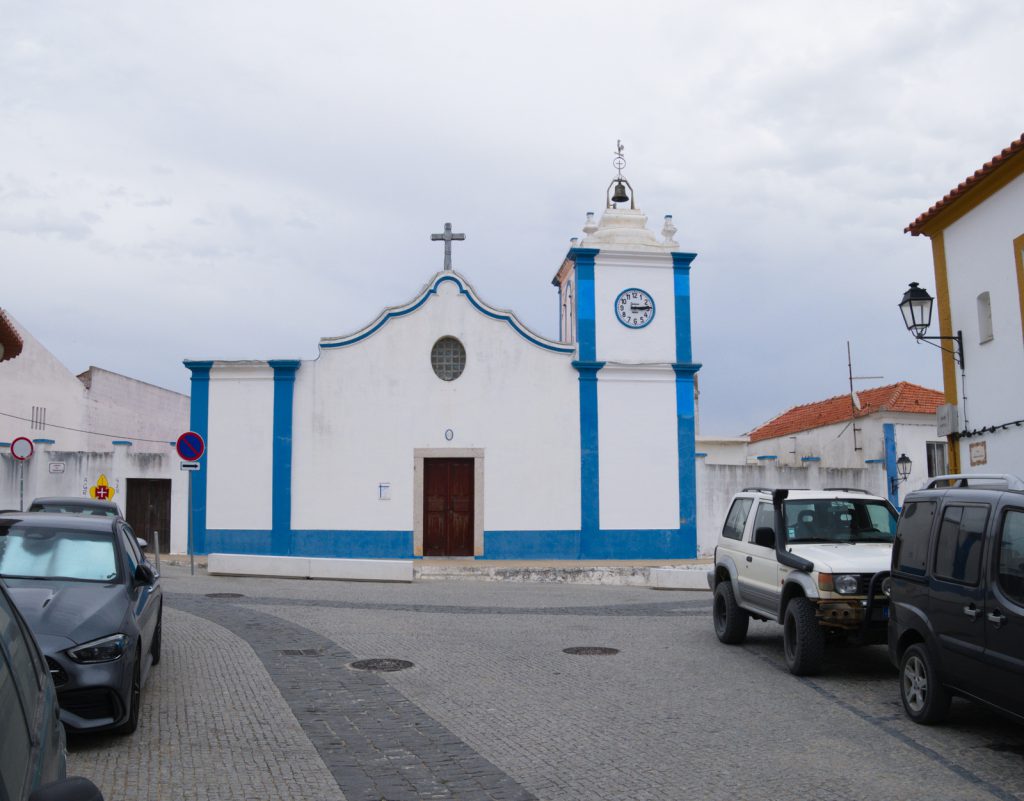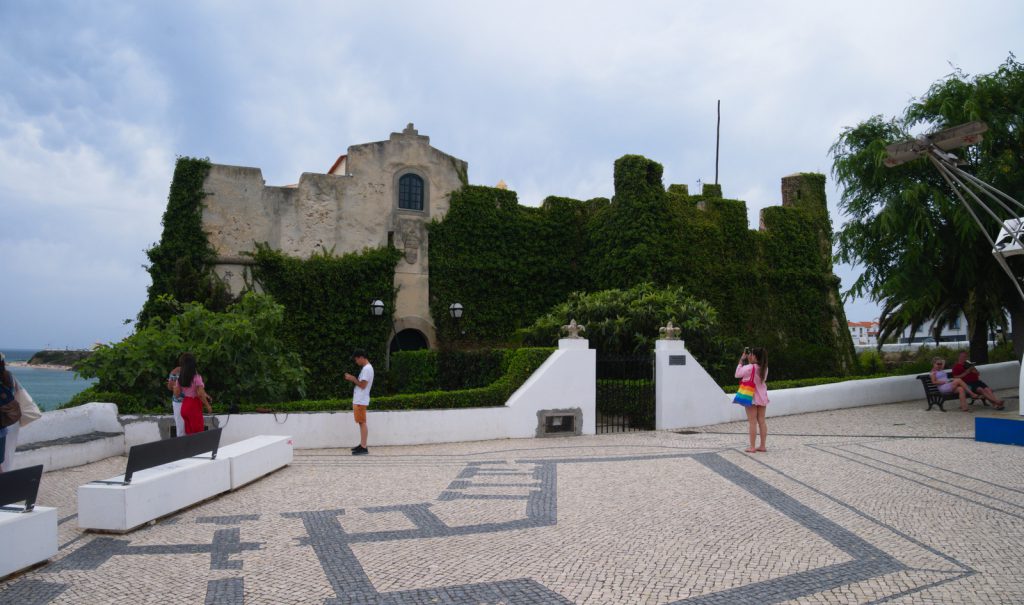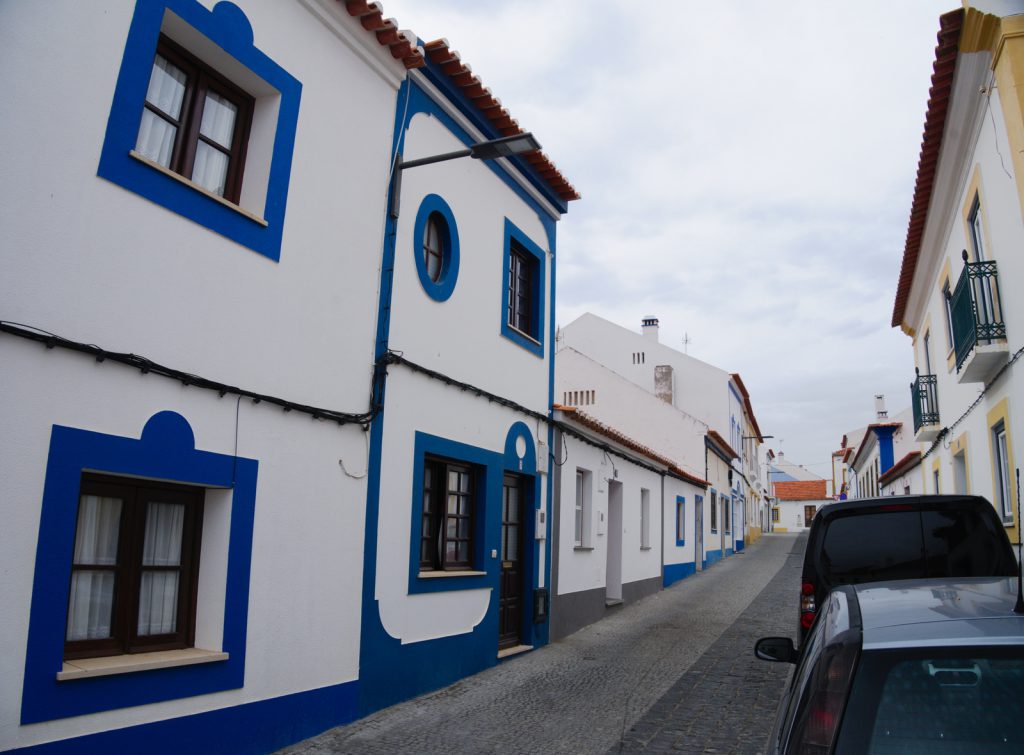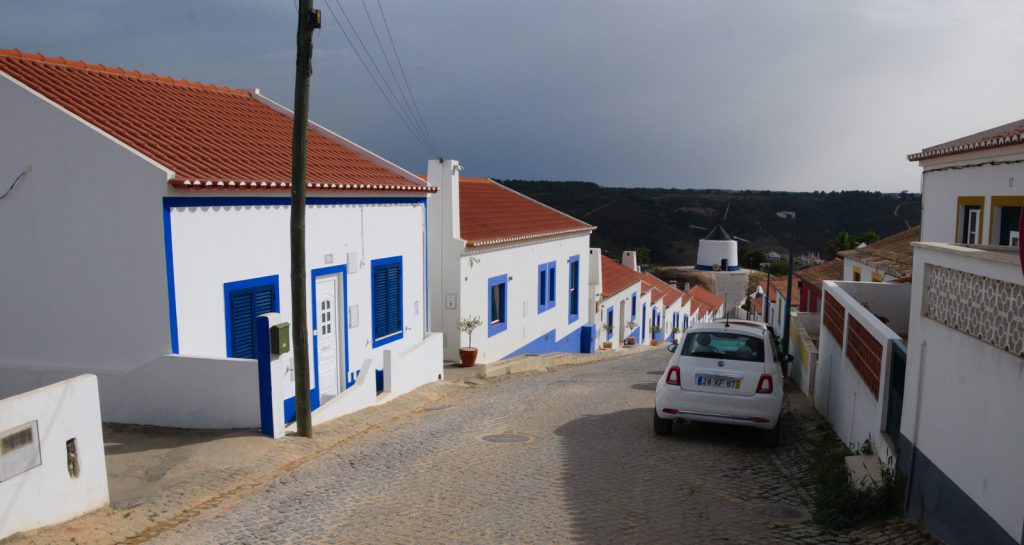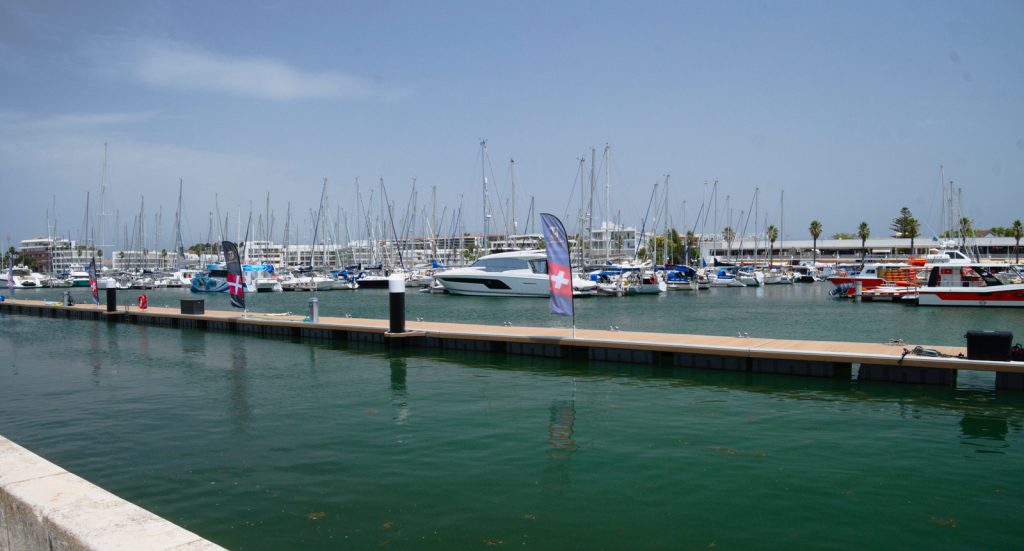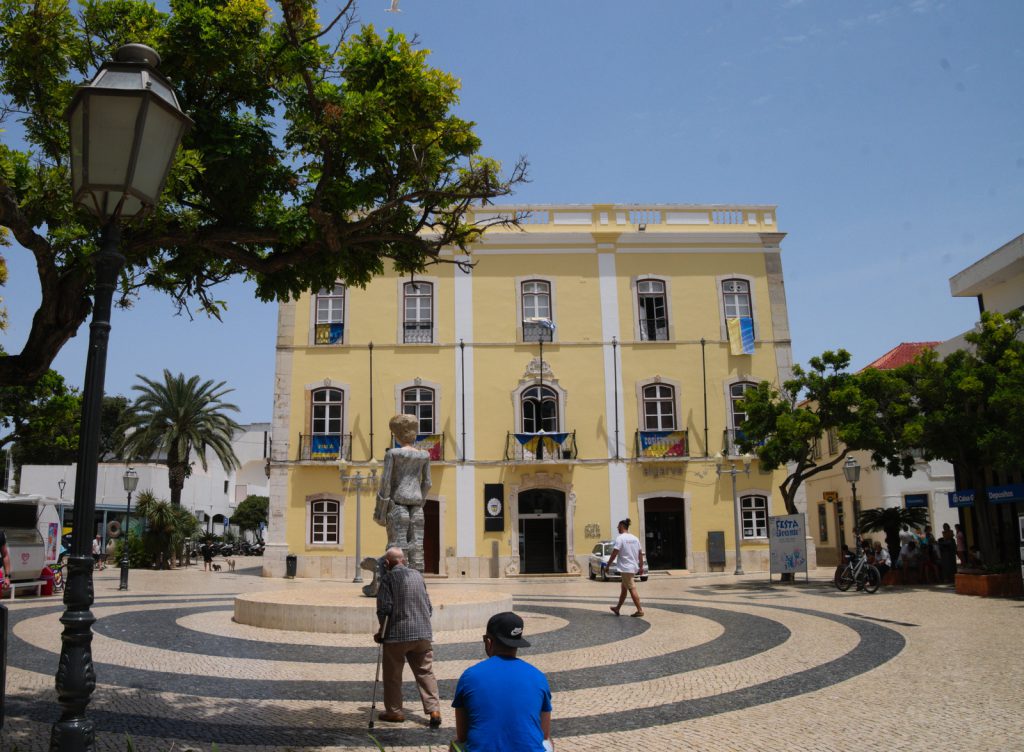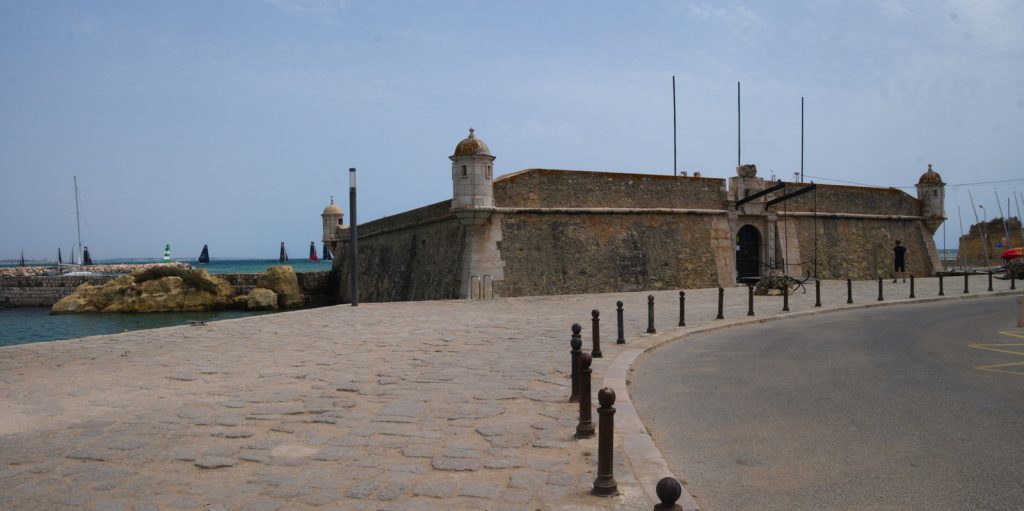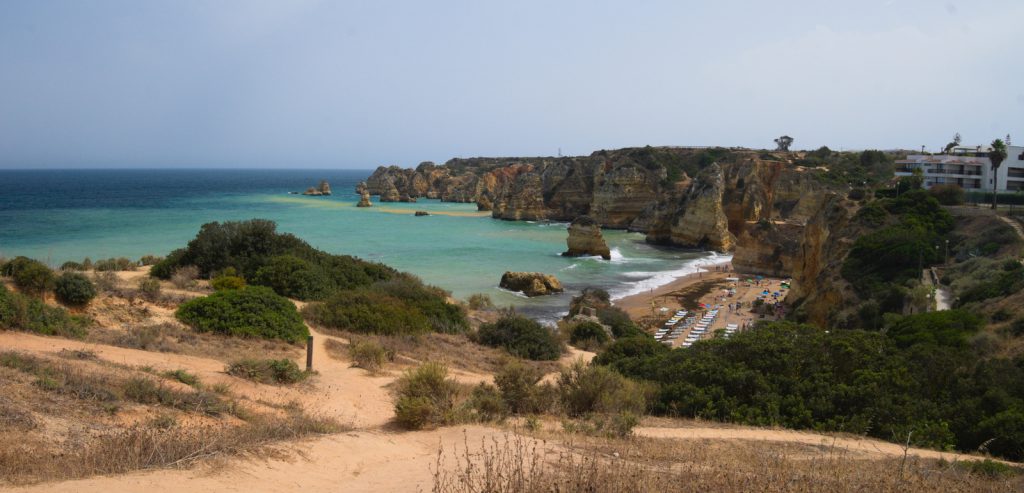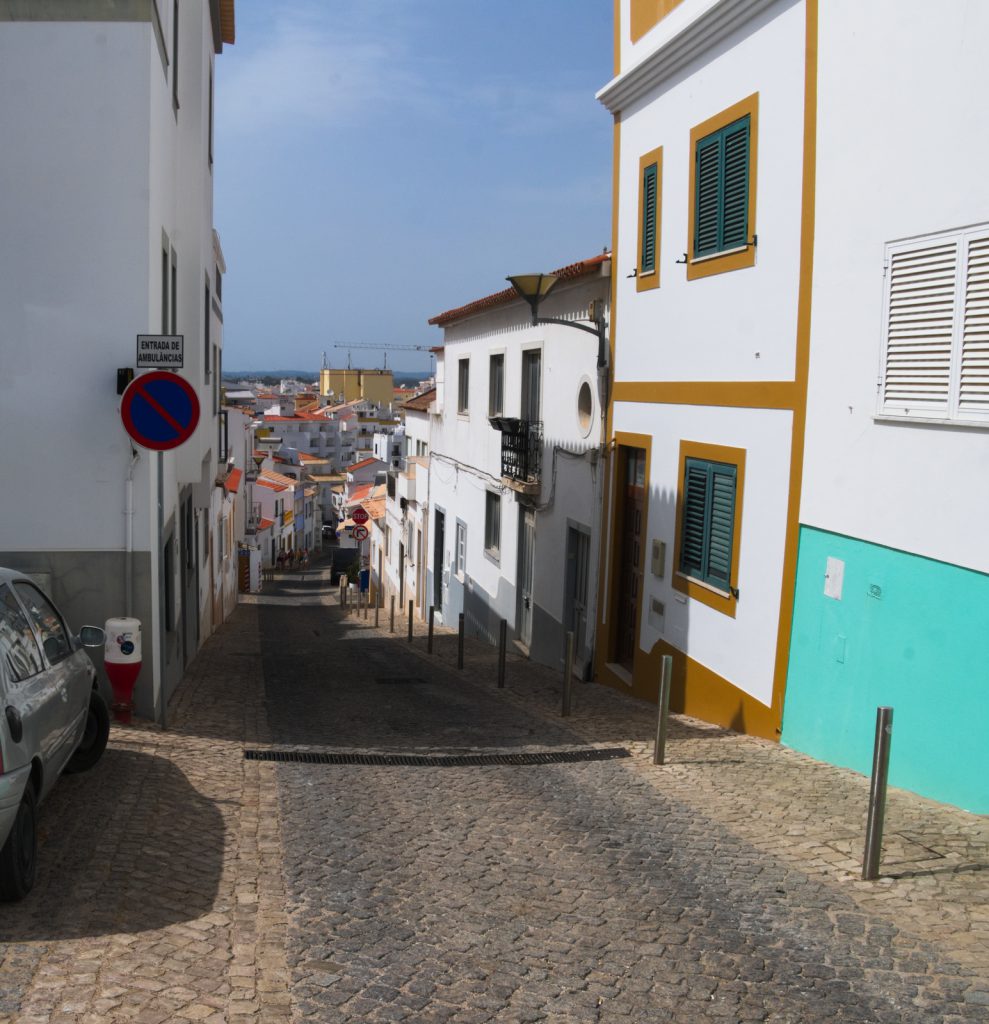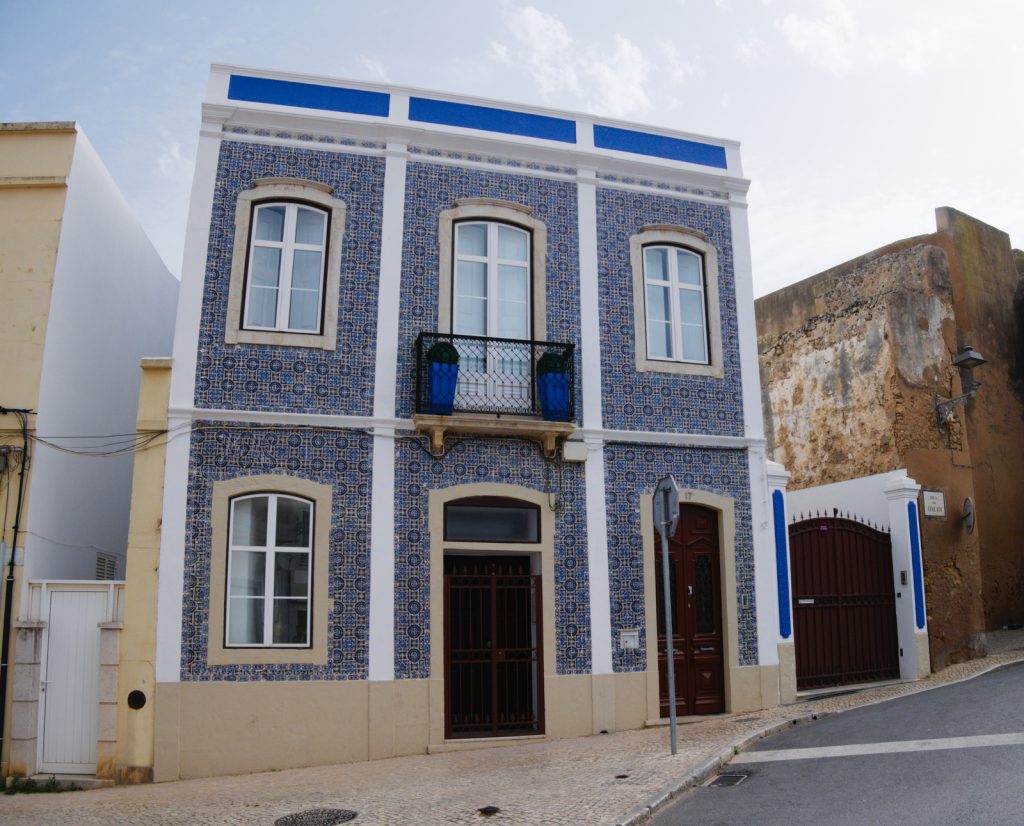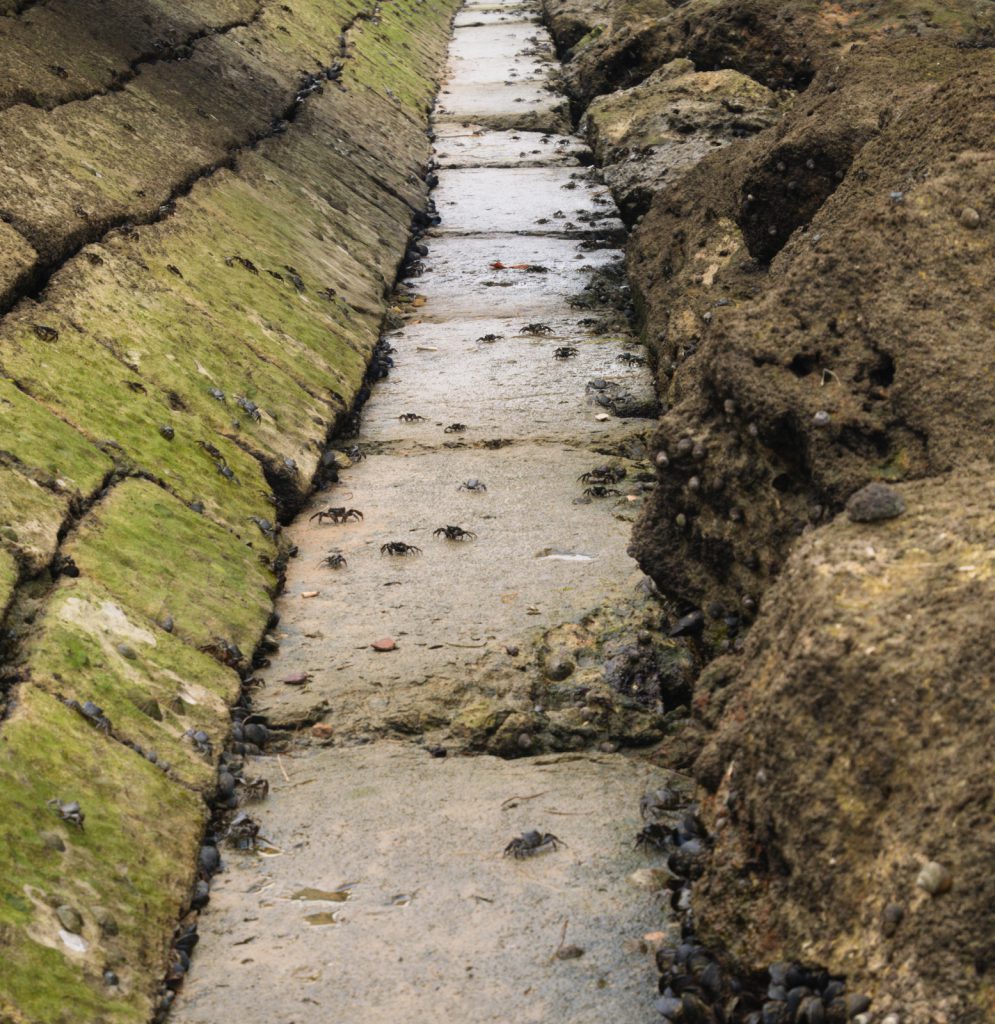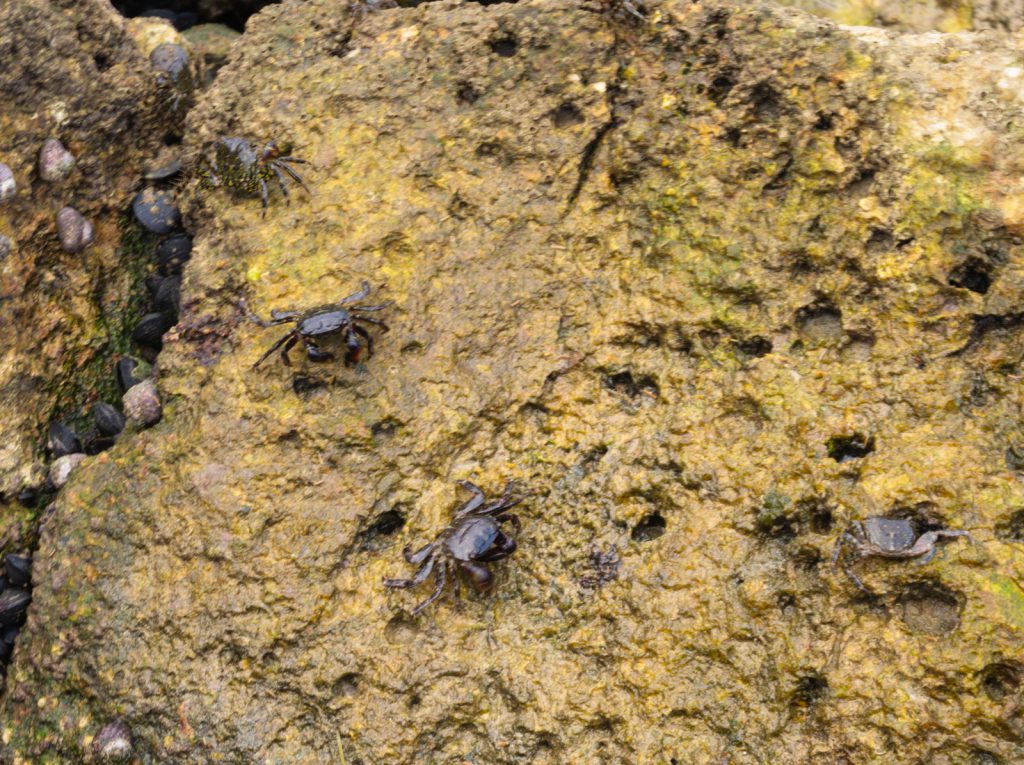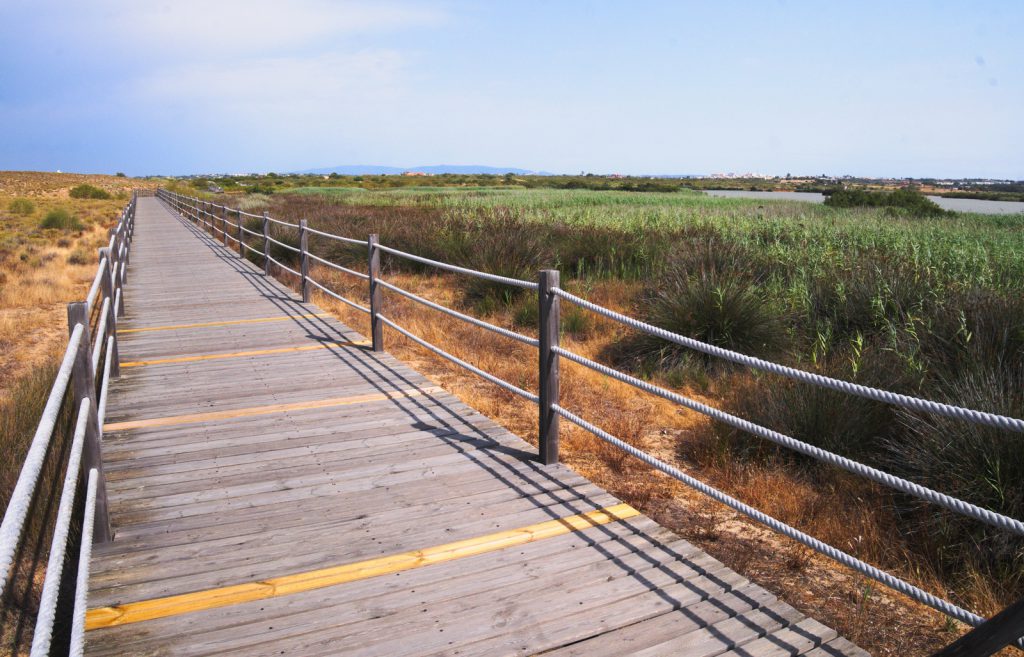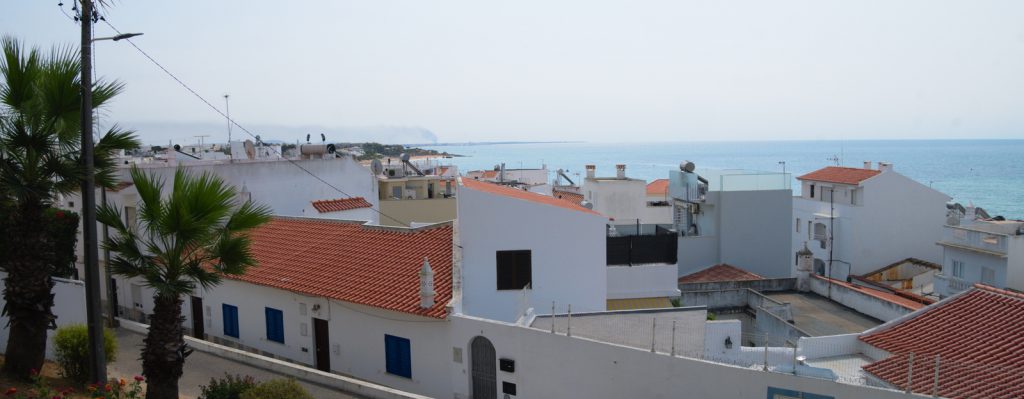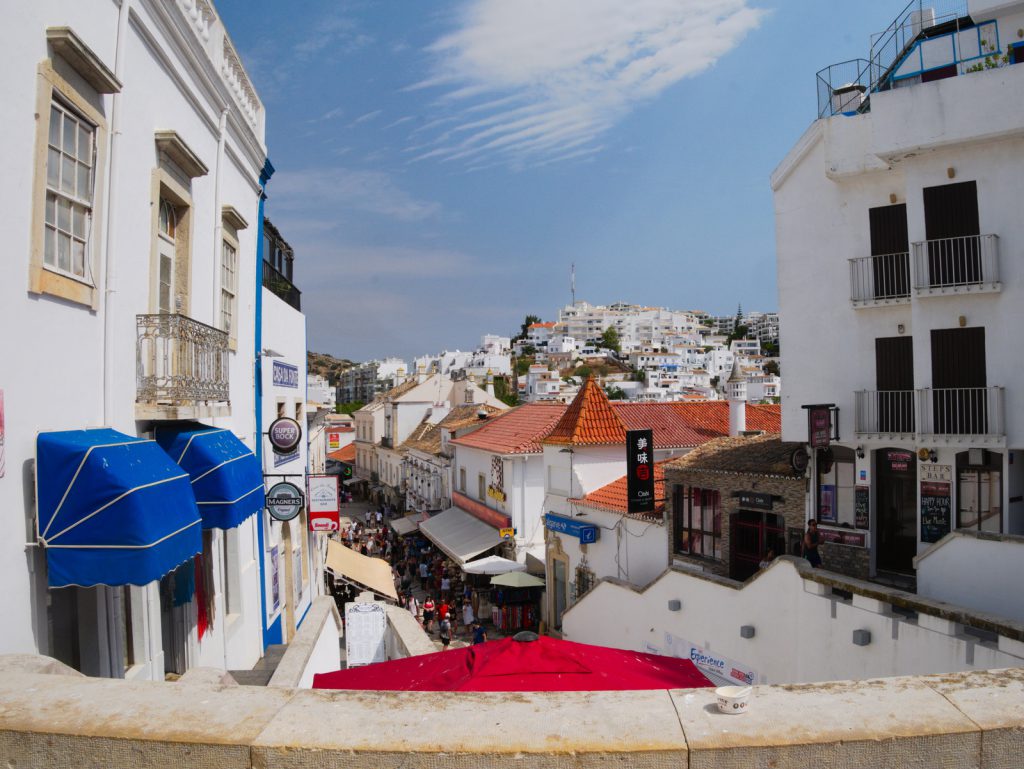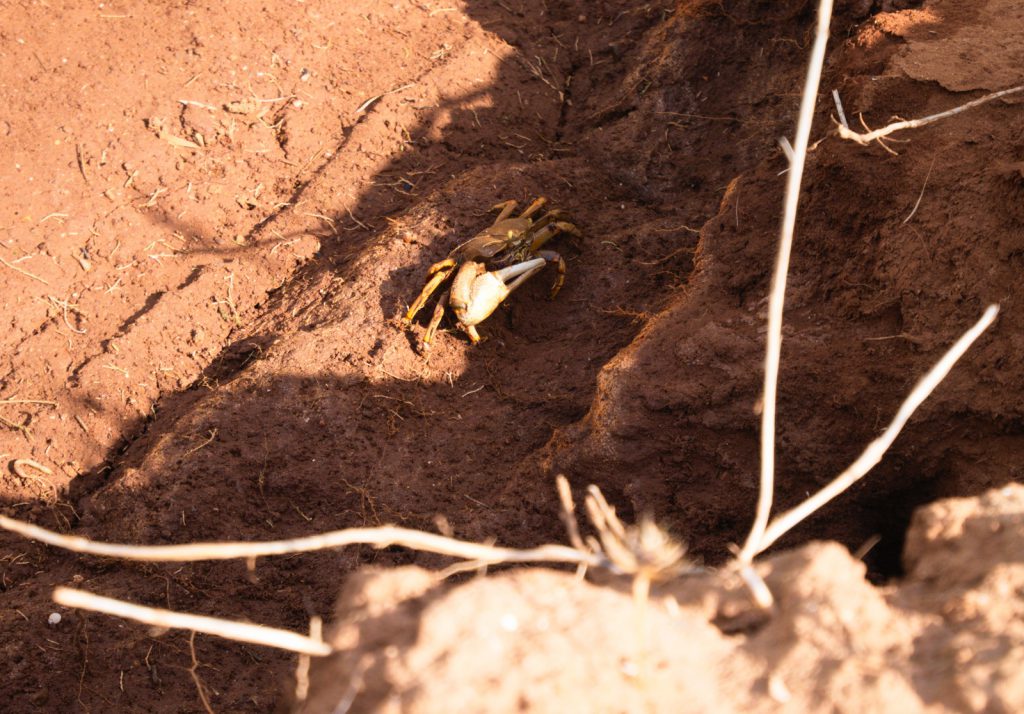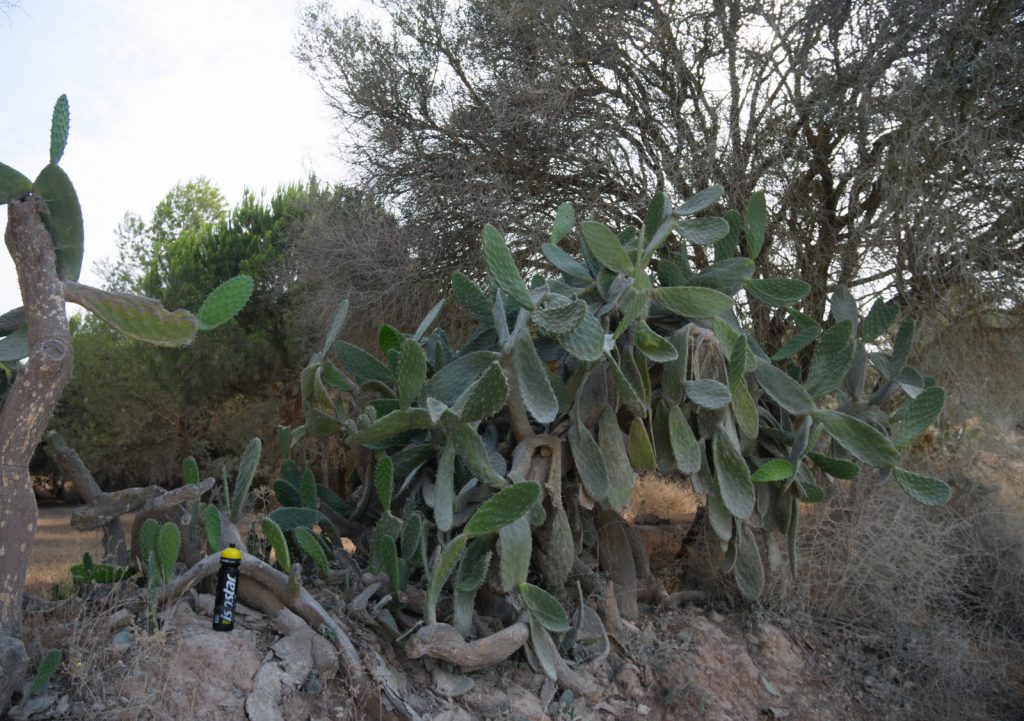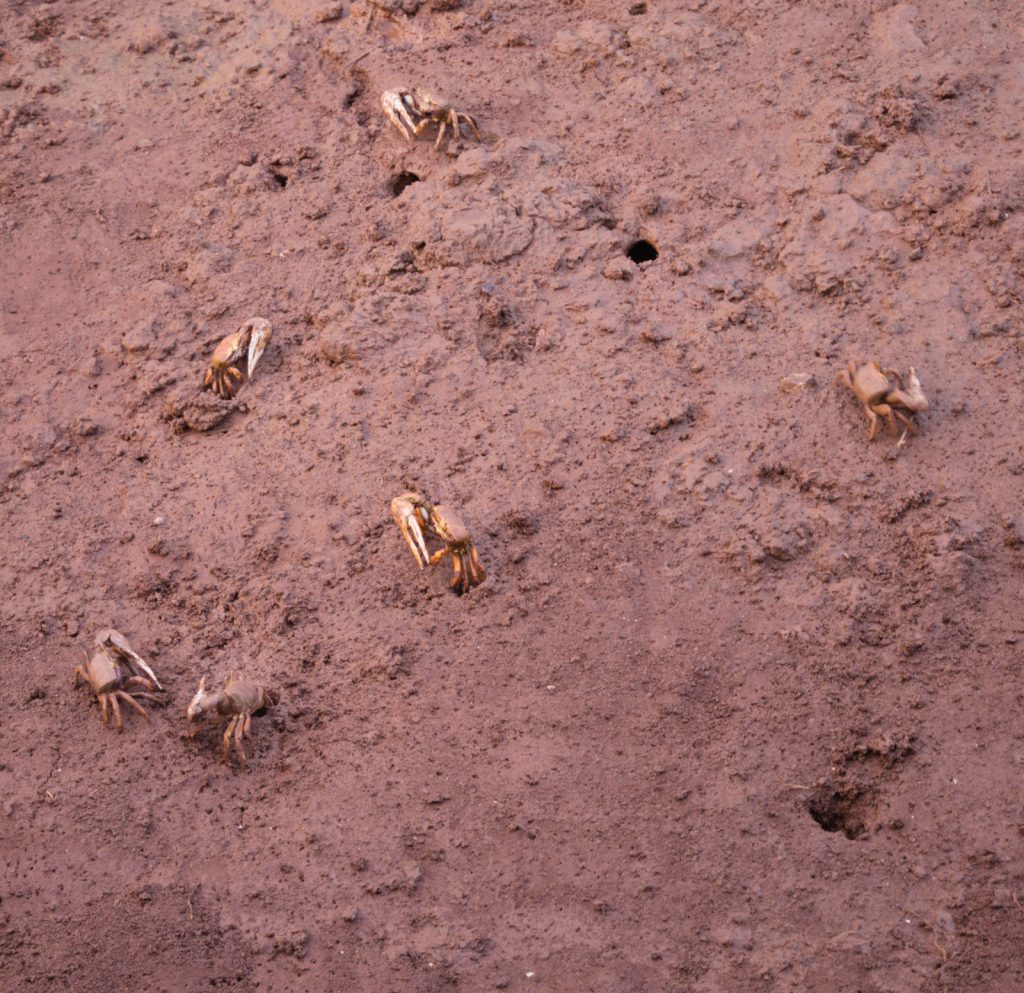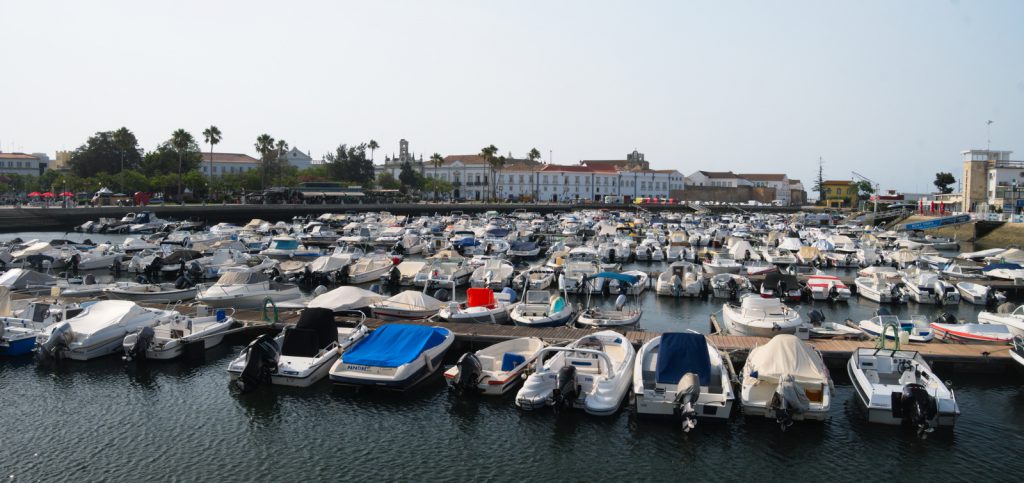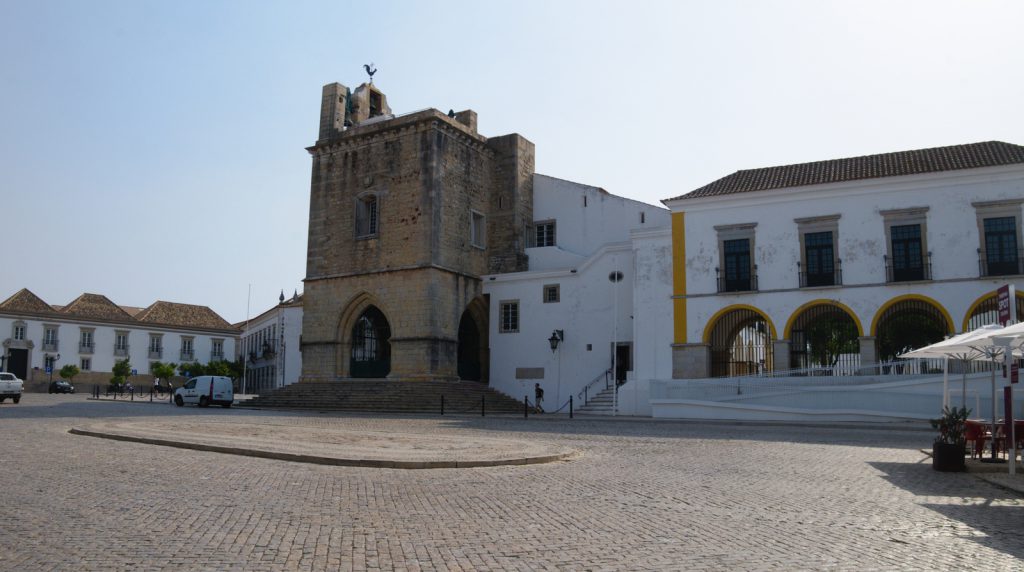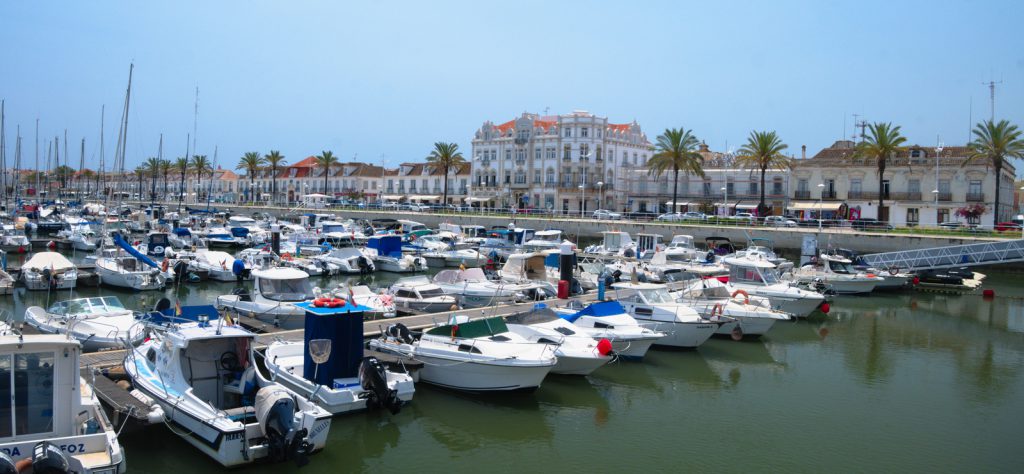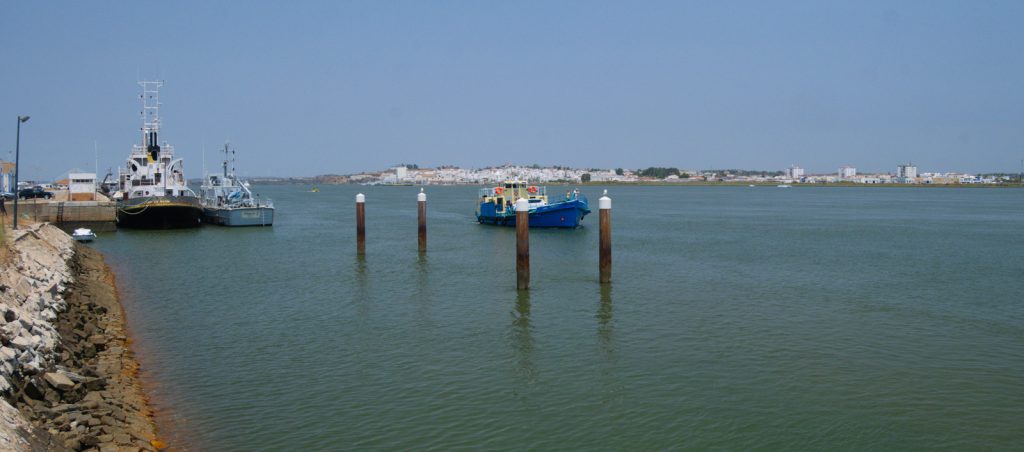Southwards along the coast
From Lisbon, I first crossed by ferry to Seixal, then crossed the peninsula south of Lisbon to its other end at Setúbal, from there again by ferry to the local Troy (Tróia) and over the 18 km long thin stripe of sand protruding into the see I got to a proper land.
From there I kept going south and where possible I kept close to the coast. In some places there was a difference of up to 10°C between the coast and a place just 2 km inland – and the coastal temperature was the more pleasant one. This whole part of Portugal had a rather peaceful rural feel, especially compared to the overcrowded Costa del Sol which I visited later in Spain. Here the Atlantic is cold (which was an advantage this time), the waves are strong (not suitable for swimming – unless there is a calm warm lagoon right on the rear side of the beach) and it’s far from Germany or France. And so the coast is rather silent, and even when there are some tourists, they are usually either locals or those with camper vans who braved farther than most. Thanks to this, even the local towns have often preserved their original character, with tiny white houses with blue and yellow-lined windows. In addition, the coast is one straight line all the way till the protruding town of Sines: so you can see yourself all the 100 km of sandy beach as straight as an arrow.
Eastwards along the coast
I left behind the small town of Aljezur sticked to a rocky ridge, I leapt over a hilly ridge across the southwestern tip of Portugal and got to its southern coast, first to Lagos. Here the mass tourism was already much more prominent (a highway leads to here), but compared to Spain it was still a moderate version. In contrast to the flat, sandy western coast, the coast here is often jagged, full of interesting cliffs and views.
And because based on the news at home was entire Portugal on fire, even if those news were mostly from the north I still wanted to be a proper investigative journalist myself and added my own picture of a burned down plot, still watched by local fire brigade.

